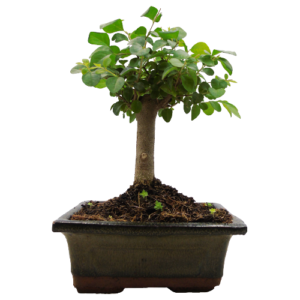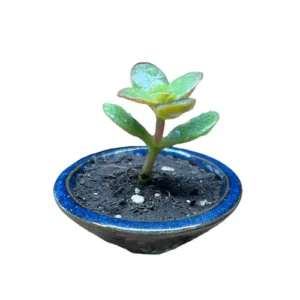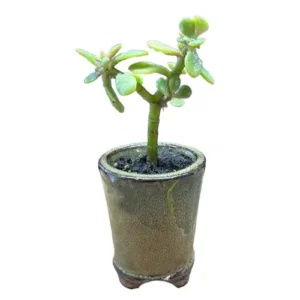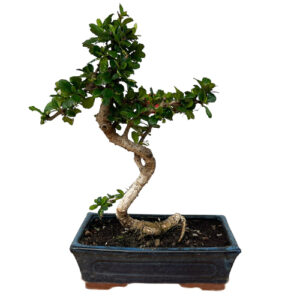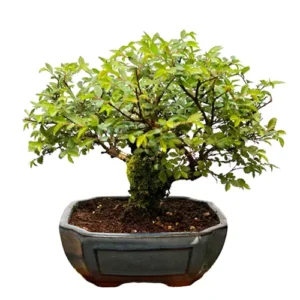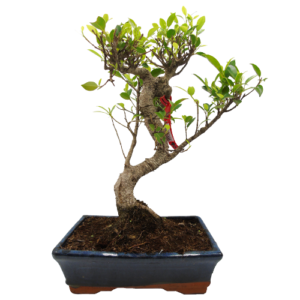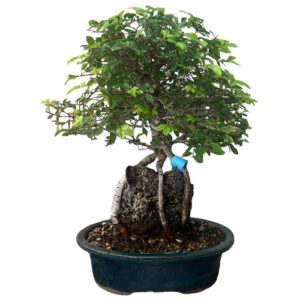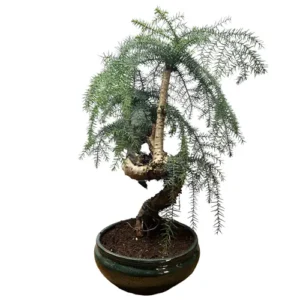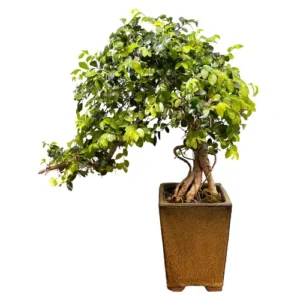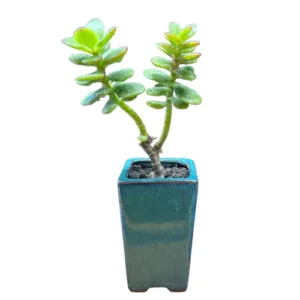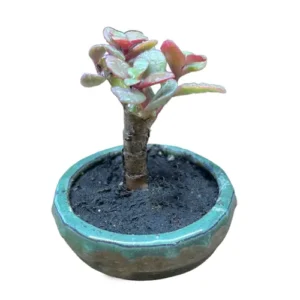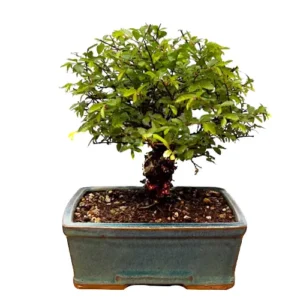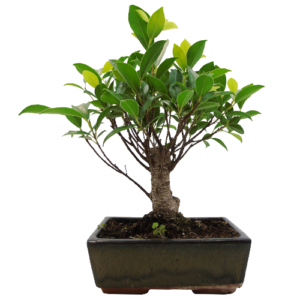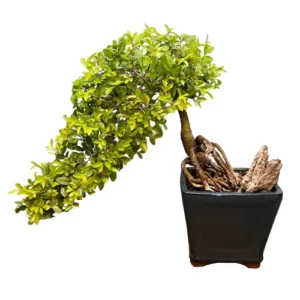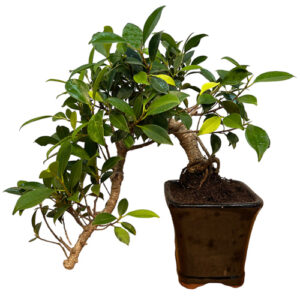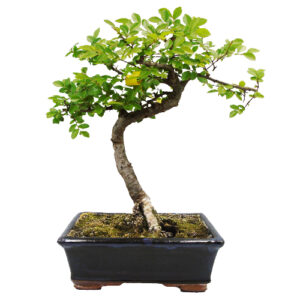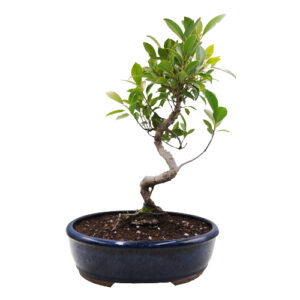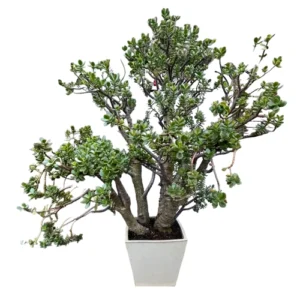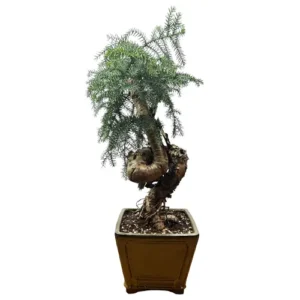Acacia
Wattle Bonsai
Native to Africa and Australia. Acacia is a considerable genus of over a thousand species of shrubs and trees. Their beautiful foliage can range from an overflowing cascade to an upright natural tree style. These tender evergreens and deciduous hold food and medicine as well as ornamental Bonsai value.
Wattle Bonsai Care Tips
Placement
Across the growing season, Acacia need plenty of aeration and warmth. When growing Acacia in the UK, it needs an indoor environment between 12 and 20 degrees C. Full sun is advised with shade only necessary on the hottest of summer days.
Watering
Do not let the rootball dry out completely. Always keep it moist, and generally, Acacia demands watering all year round. This being said keep a balanced regimen that ensures the plant does not get waterlogged.
Feeding & Fertilising
Throughout the growing season, feed with a solid organic fertiliser once a month or a liquid feed fortnightly. Fertilisers with high nitrogen content are to be avoided as these can encourage long internodes.
Pruning & Wiring
This fast-growing species is advised to be trimmed consistently. New shoots should be shortened in the spring and summer to only a leaf or two. Wattles are to be defoliated at the end of Spring. Any robust pruning should take place in the winter. be sure to leave stubs as this can stave off die-back.
Generally, Acacia species do not need wiring due to their innate shaping and forms. If you are to wire your Acacia do this during the growing season. We recommend using wires with a thickness that matches the thickness of the branch: if the wire you choose is too thick you will damage the bark. If it is too thin, it won’t be effective.
Repotting
Repotting your tree is an important way to provide a fresh and suitable soil mix and ensure appropriate root health. When the Acacia becomes pot-bound repot your Acacia in early Spring approximately every two to three years.
Trees that are ready for repotting will require root pruning, a suitable new pot and appropriate soil mix.
When repotting, do not cut back the root mass by a large amount, and choose a well-draining soil mix that has a neutral or slightly higher PH value of 5-6 but not over 7. We tend to use a mixture of different speciality bonsai soils on our trees. Every species is different so please contact us for free soil-mix advice or to take advantage of our repotting service.
Bonsai make for a one-of-a-kind indoor plant offering elegance, nature and art all in one minute form. Across an array of exquisite and erudite species, they all demand their own specific care and cultivation needs in order for their beauty to flourish. We have an extensive library of care guides for indoor bonsai trees so you can make an informed and considered choice. It’s not about selecting the perfect bonsai, it’s about selecting the perfect bonsai for you.
Wattle Bonsai - Typical Queries
How to propagate Wattle bonsai?
Wattle bonsai can be propagated from seeds or from cuttings. If propagating with seeds, they will require scarring to grow.
Do Wattle bonsai get pests and diseases?
Provincially, this is a species that doesn’t fall prey to disease and pests. Scale, aphids and woolly aphids can become a problem if the position of the care of the tree is not sufficient. Insecticides of washing off is the correct way to handle them.
Can you keep a Wattle bonsai outdoors?
As a species native to Australia and Africa, this bonsai can be grown outdoors in appropriate climates. It’s considerably more ideal to grow this bonsai in its tropical and sub-tropical environments. As an indoor bonsai, it’s a far from simple plant to maintain and care for, this is not a specimen for beginners.

